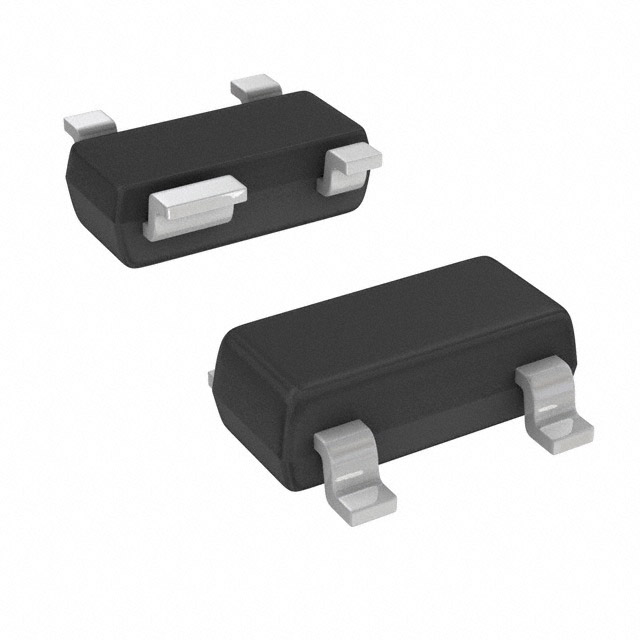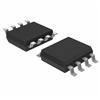DescriptionThe MIC4123/4124/4125 family are highly reliable BiC-MOS/DMOS buffer/driver/MOSFET drivers. They are higher output current versions of the MIC4126/4127/4128, which are improved versions of the MIC4426/4427/4428. All three families are pin-compatible. The MIC4123/4124/4125 drivers are capable of giving reliable service in more demanding electrical environments than their predecessors. They will not latch under any conditions within their power and voltage ratings. They can survive up to 5V of noise spiking, of either polarity, on the ground pin. They can accept, without either damage or logic upset, up to half an amp of reverse current (either polarity) forced back into their outputs.
The MIC4123/4124/4125 series drivers are easier to use, more flexible in operation, and more forgiving than other CMOS or bipolar drivers currently available. Their BiCMOS/DMOS construction dissipates minimum power and provides rail-to-rail voltage swings.
Primarily intended for driving power MOSFETs, the MIC4123/4124/4125 drivers are suitable for driving otherloads (capacitive, resistive, or inductive) which require low-imped-ance, high peak currents, and fast switching times. Heavily loaded clocklines, coaxialcables, or piezoelectric transducers are some examples. The only known limitation on loading is that total power dissipated in the driver must be kept within the maximum power dissipation limits of the package.

 MIC4123, Data Sheet
MIC4123, Data Sheet







